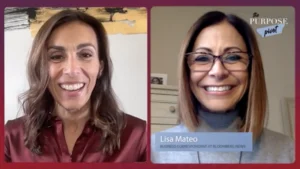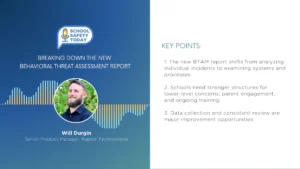The Ratio for Live Content: Will Streaming or In-Person Events Prove More Popular?
Key Points:
- The pandemic cost the live content industry billions.
- Companies turned to live streaming to facilitate events and engagement.
- The new model for events is hybrid, offering in-person and virtual.
Commentary:
The pandemic cost the conference industry and related activities billions of dollars, forcing companies to find new channels to communicate and engage. Livestreaming became the go-to, and the number of live content skyrocketed. With some companies and groups back to in-person meetings and events, does that mean live streaming will decline? What will the new ratio for live content be?
At InfoComm 2021, MarketScale chatted with an expert on live streaming, Mary Cecil, to get her insights on what to expect in the future. Cecil is a Project Coordinator for vLink Solutions, a company that produces and publishes all forms of content through a proven formula that creates and curates video content.
Abridged Thoughts:
“Livestreaming exploded, and it’s not just live events. We’ve done some large events, normally done in stadiums or huge arenas. When you live stream, you have to think about bringing the same feel and excitement to those sitting at home. There have been some innovative things like sending care packages with little champagne bottles so that everyone can toast together.
For non-event-related, we also do courses and classes, so they Livestream coaching for corporations. You can make those interactive, as well, because it’s hard to keep attention when not in person. Things we thought were impossible to do virtual we found aren’t, and the technology advancements have been out of this world.
Many people explored live streaming that never had before. It doesn’t look like it will slow down with more people making part of their regular content mix. We’re seeing hybrid events now that allow in-person and virtual attendees. People can join whenever. It’s a way to get more exposure, and I don’t see that going anywhere.”
More Stories Like This:
USC Invested in the Cloud During COVID. Will it Pay Off Long-Term?
When the Pandemic Made AVoIP the Standard, Netgear Answered the Call









